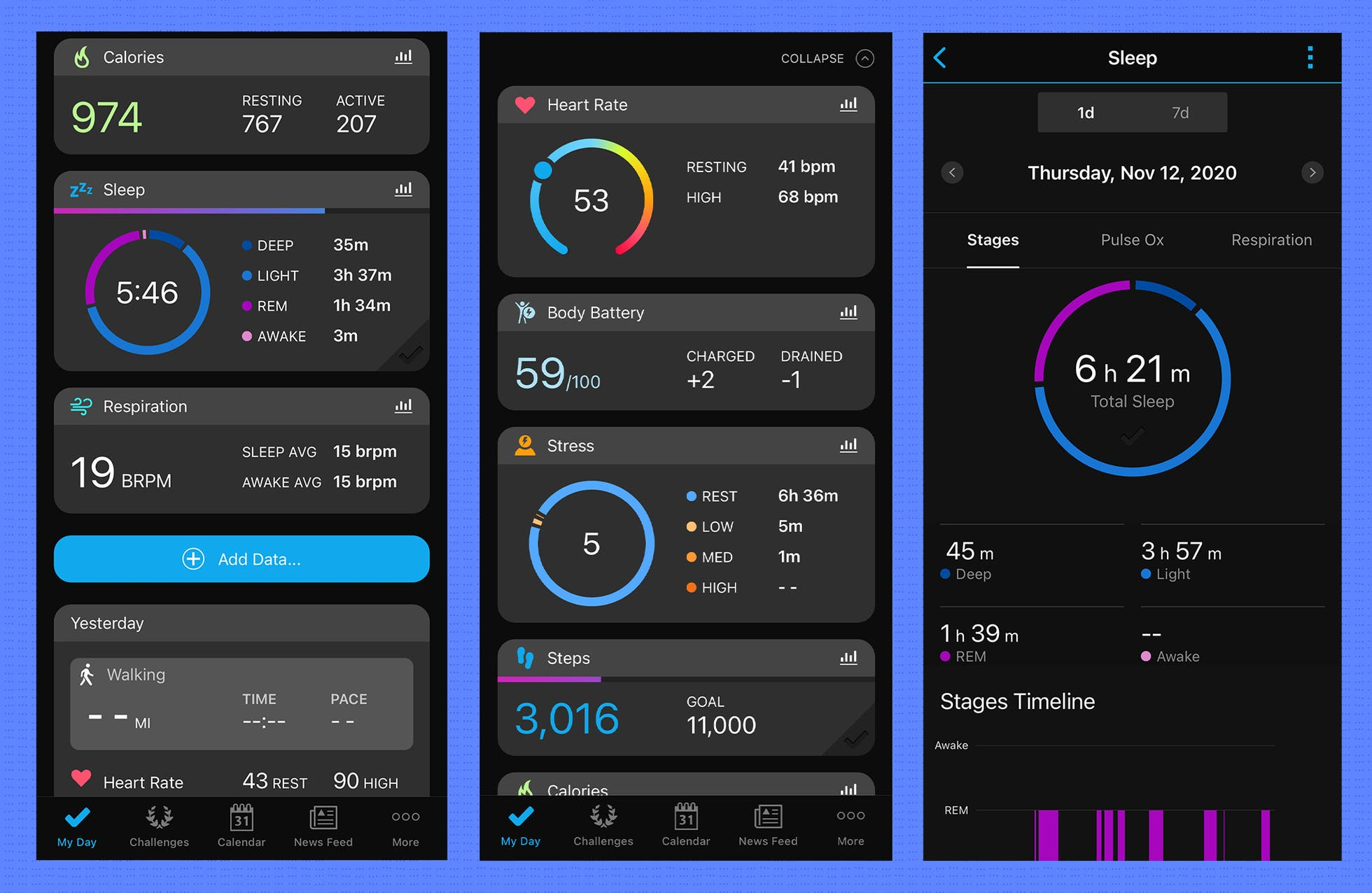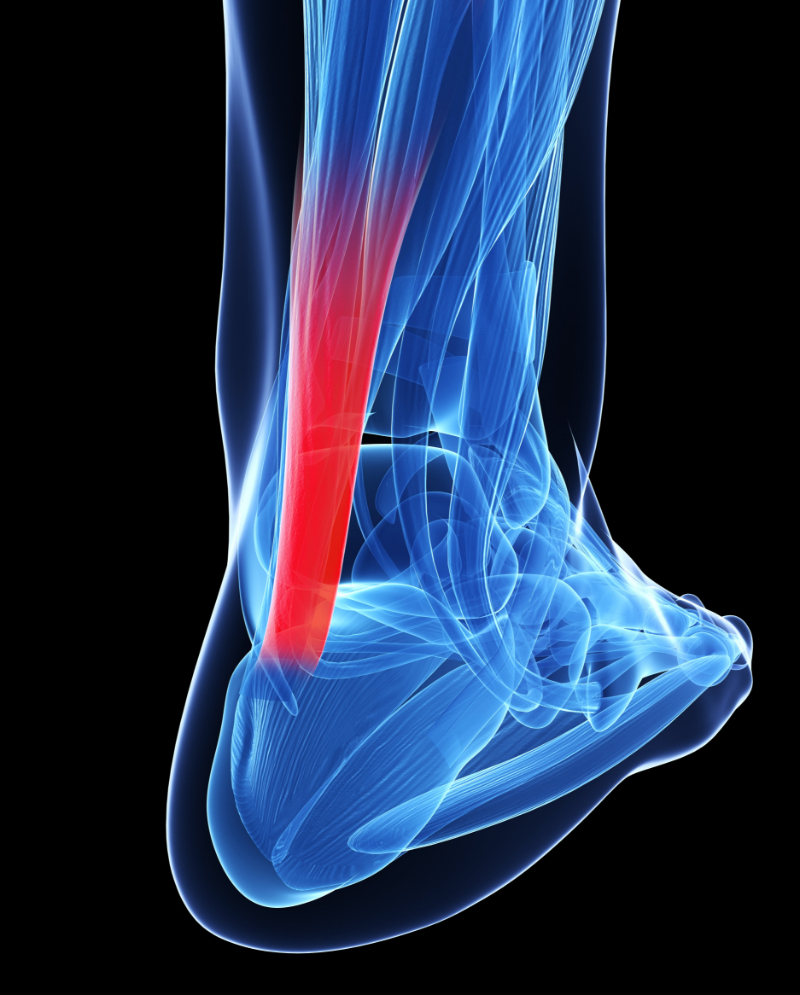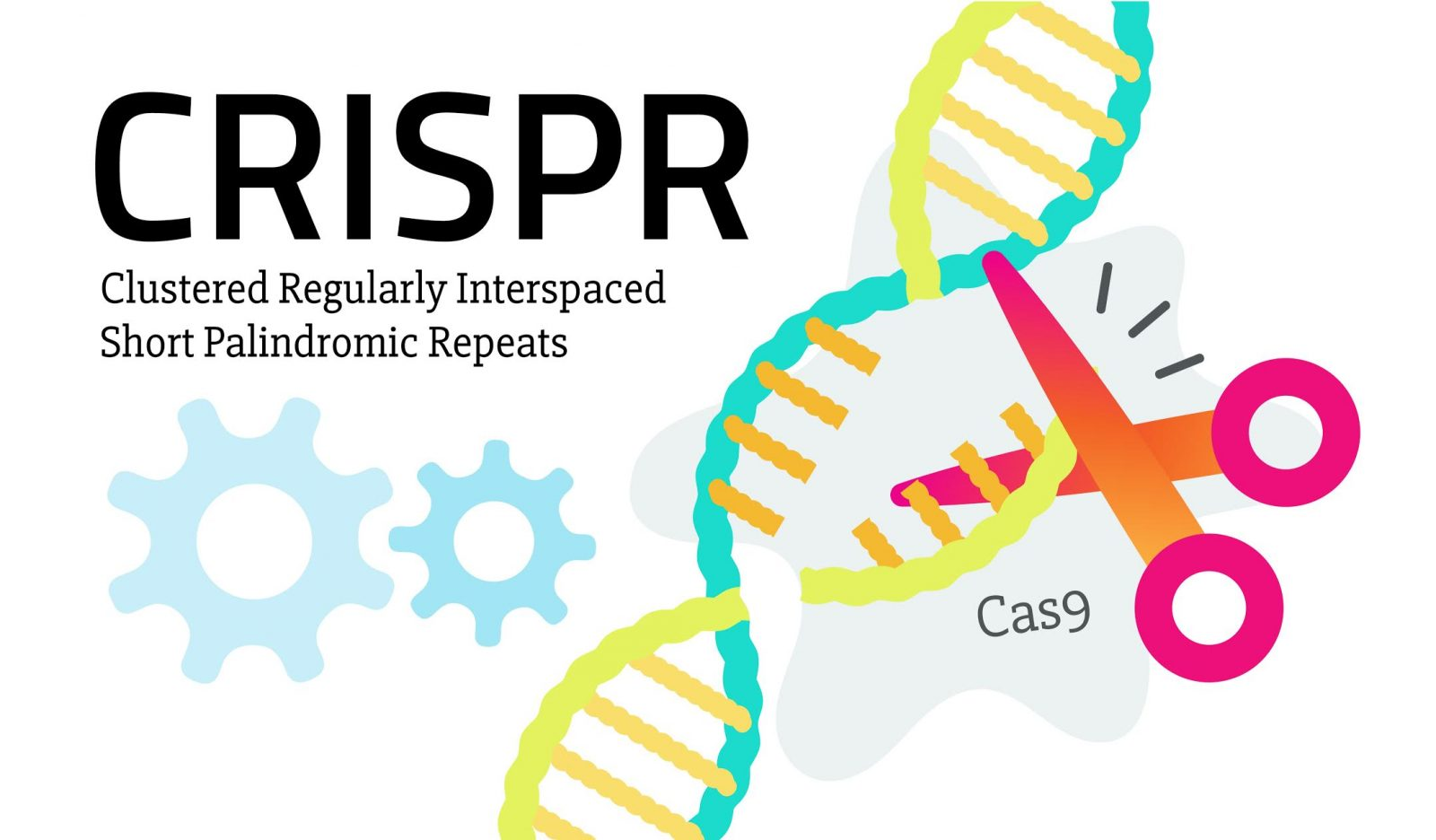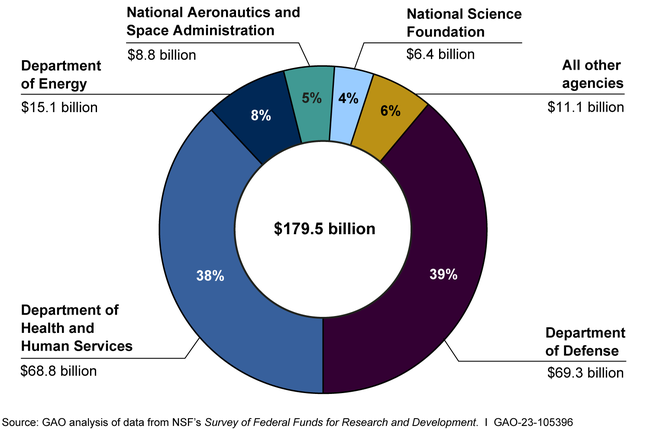Health Tracking has emerged as a pivotal tool in understanding the intricate processes of learning and memory formation, especially in the context of neurological disorders such as dementia. Recent breakthroughs in neuroscience research highlight the molecular dynamics behind synaptic plasticity, which is crucial for how memories are formed and retained. By investigating the role of synapses, or the connections between neurons, researchers are uncovering new insights that may lead to innovative dementia treatments through enhanced cognitive therapies. This realm of study not only sheds light on the behavioral aspects of memory but also prompts a deeper look into how these neural mechanisms can be monitored and optimized through health tracking technologies. As we continue to refine our understanding of memory formation, the implications for improving brain health become exceedingly clear.
The concept of monitoring health metrics related to cognitive function has taken on new dimensions in recent years, prominently influencing the landscape of neurological health studies. Known interchangeably as wellness tracking or cognitive performance tracking, this field focuses on the mechanisms behind memory retention and learning abilities. Recent advancements in understanding synaptic behavior pave the way for innovative therapies aimed at dementia and related cognitive impairments. With ongoing research delving into the molecular underpinnings of memory formation, such as the intricate relationships between neurons and their connections, the potential for improved cognitive therapies appears brighter than ever. As these methods evolve, health tracking will undoubtedly play a critical role in shaping future approaches to enhance cognitive function and maintain overall brain health.
Understanding Memory Formation: The Neurological Basis
Memory formation is a complex process rooted in the intricate structures of the brain, specifically within networks of neurons. Each experience we have, from learning new facts to recalling a cherished memory, relies heavily on patterns of neuron activation and synaptic connections known as synaptic plasticity. Neuroscience research has significantly advanced our understanding of these connections, revealing that memories are not static; instead, they are dynamic and capable of changing as we learn and adapt. This fluidity is governed by the synaptic architecture of memory, which includes critical components such as neurotransmitter receptors and the proteins that facilitate their function.
At the heart of memory formation lies the process of encoding, where sensory information is transformed into a durable memory trace. During this phase, synaptic plasticity plays a vital role as it enables connections between neurons to strengthen or weaken in response to new experiences. This adaptability is essential for learning and is influenced by several factors, including the frequency and intensity of neuron activity. As memory traces are formed, researchers are able to identify specific protein interactions at synapses, such as with AMPARs, which are integral for the efficient transmission of signals between neurons.
Health Tracking: Innovations in Memory and Cognitive Therapies
As we delve into the innovative landscape of health tracking, it is essential to highlight how new tools and techniques are redefining our understanding of memory and cognition. The groundbreaking EPSILON technique developed by Harvard researchers exemplifies this shift. By enabling scientists to map the molecular underpinnings of synaptic interactions in real time, this technique not only enhances our grasp of memory formation but also offers promising potential for developing targeted cognitive therapies. This can be particularly transformative for patients suffering from memory impairments associated with neurological disorders such as dementia.
Health tracking in the context of cognitive health enables early identification of memory issues and facilitates timely interventions that can alter the trajectory of neurological disorders. For instance, understanding the synaptic changes that correlate with memory formation opens avenues for bespoke treatments that target the underlying molecular interactions. By harnessing this knowledge, healthcare providers can implement specific cognitive therapies tailored to individual patient needs, significantly enhancing not just treatment outcomes, but overall cognitive resilience in aging populations.
Synaptic Plasticity: The Key to Learning and Memory
Synaptic plasticity is often described as the biological foundation of learning and memory, representing the brain’s ability to adapt its connections based on experiences. When we learn something new, certain synapses are strengthened, which increases their efficiency in transmitting signals. This process is dynamic and can be altered over time through various stimuli, including repetition and emotional significance. By studying synaptic plasticity, researchers like Adam Cohen and his team have uncovered the molecular pathways involved in memory consolidation, shedding light on how our brain organizes and prioritizes information.
Moreover, insights into synaptic plasticity have vast implications for treating cognitive disorders. With conditions such as Alzheimer’s disease, synaptic dysfunction severely impacts memory formation and retrieval. By enhancing our understanding of how synapses operate during memory encoding and retrieval, neuroscience research attempts to develop strategies that could reinvigorate synaptic function. This could lead to innovative interventions that improve cognitive function and slow the progression of neurodegenerative diseases, ultimately contributing to better health outcomes for individuals affected by such conditions.
Neuroscience Research: Pioneering New Treatment Methods
Neuroscience research is continually pushing the boundaries of our understanding of the brain and its complex functions. Recent advancements, such as the EPSILON technique, have enabled researchers to observe neural processes at unprecedented scales, significantly enhancing our comprehension of how memories are formed and stored. By visualizing the specific proteins involved in synaptic transmission, scientists can pinpoint how memory encoding correlates with synaptic changes. This not only helps in mapping the processes behind learning but also opens new avenues for therapy development targeting specific neurological conditions.
The implications of this research extend beyond theoretical knowledge; they are paving the way for practical applications in medical settings. As scientists identify the molecular mechanisms that underpin cognitive functions, their findings inform the development of therapeutic approaches that can assist individuals with cognitive impairments. This is particularly vital for addressing conditions such as dementia, where aimed therapies can target the synaptic failures that lead to memory loss and cognitive decline, enhancing patients’ quality of life.
Cognitive Therapies: Bridging Research and Patient Care
Cognitive therapies represent a bridge between scientific research and practical applications in patient care. With HCI (Health Care Innovations) expanding, therapies utilizing insights from neuroscience research are emerging as essential tools for addressing memory-related disorders. Understanding the detailed mechanisms of synaptic plasticity provides a foundation for cognitive therapies that aim to improve memory function through targeted interventions. Techniques informed by cutting-edge research can help reshape how patients interact with their memories, potentially reversing some cognitive impairments.
Additionally, cognitive therapies that focus on enhancing synaptic efficacy are becoming more prevalent, aimed specifically at older adults or those at risk of developing neurodegenerative disorders. These techniques incorporate strategies that encourage brain plasticity and memory retrieval methods proven effective in scientific studies. By applying methodologies derived from neuroscience research directly to therapeutic practices, healthcare providers can offer patients more effective interventions, ultimately enabling them to maintain and improve their cognitive health across the lifespan.
The Role of AMPARs in Memory Dynamics
AMPARs, or α-amino-3-hydroxy-5-methyl-4-isoxazolepropionic acid receptors, are integral to the dynamics of synaptic plasticity and memory formation. These crucial receptors are located at the synapses of neurons and play a fundamental role in the transmission of signals that facilitate communication between brain cells. When we learn and form memories, AMPARs are involved in strengthening synaptic connections, which allows for faster and more efficient signal processing. Understanding the behavior of AMPARs offers insight into the underlying mechanisms of how memories are encoded, maintained, and retrieved.
Research initiatives focusing on AMPAR modulation may also yield significant therapeutic potential. By identifying how changes in AMPAR activity correlate with memory tasks, scientists can develop drugs or cognitive therapies that enhance synaptic strength in individuals experiencing memory deficits. In Alzheimer’s research, for instance, targeting AMPARs could potentially reverse synaptic loss and restore cognitive function, marking a significant advancement in treating memory-related conditions.
Future Directions: Advancements in Memory Research
As we look to the future of memory research, the development of techniques like EPSILON symbolizes a promising shift in how we study the brain’s capabilities. The ability to visualize synaptic changes in real time presents unprecedented opportunities for advancing our understanding of cognition and memory formation. Researchers are now equipped to dissect the intricate molecular interactions that govern memory, leading to breakthroughs not only in our comprehension but also in the development of effective interventions for cognitive impairments.
In particular, the integration of health tracking technologies holds the potential to revolutionize the field of neuroscience. By combining data from experimental models with clinical patient observations, researchers can create a comprehensive picture of memory dynamics and synaptic health. This inclusive approach may enable the identification of early markers for cognitive decline, guiding the design of preventive strategies and personalized therapies. The future of memory research not only promises to enhance our understanding but also aims to improve the quality of life for millions affected by memory-related disorders.
The Impact of Basic Science on Brain Health
The interplay between basic science and practical application is crucial in advancements related to brain health. Research into fundamental biological processes fosters innovations that can lead to new therapeutic strategies. Cohen’s work on synaptic plasticity exemplifies how foundational research can inform clinical applications aimed at enhancing memory function and treating disorders like dementia. By understanding the natural complexities of how memories are encoded, scientists can develop targeted interventions that address the root causes of cognitive decline.
Furthermore, as foundational research receives support and attention, its findings begin to translate into real-world health implications. For instance, techniques such as EPSILON are not just academic achievements but practical tools that can influence therapy development globally. By emphasizing the importance of basic science in shaping brain health initiatives, we enable a continuous cycle of discovery and innovation, ultimately enhancing our capacities to manage neurological disorders effectively.
Frequently Asked Questions
How does health tracking relate to memory formation and synaptic plasticity?
Health tracking can monitor cognitive health and changes in memory formation through technologies that assess neural functions. Research in synaptic plasticity—how connections between neurons strengthen or weaken—provides insights into how health tracking can signal changes in memory performance and learning abilities.
What are the implications of health tracking for dementia treatments?
Health tracking can significantly contribute to dementia treatments by identifying markers of cognitive decline early. Techniques developed from recent neuroscience research, particularly those focusing on synaptic plasticity, can inform health tracking systems designed to monitor brain health and facilitate timely interventions.
In what ways can cognitive therapies benefit from health tracking technologies?
Cognitive therapies can be enhanced through health tracking technologies that assess cognitive performance and memory retention. By monitoring synaptic behavior via novel techniques like EPSILON, therapists can tailor cognitive therapies based on real-time data about a patient’s memory formation capabilities.
How does neuroscience research improve health tracking and memory assessment?
Neuroscience research, particularly studies on synaptic plasticity, provides a foundational understanding for developing advanced health tracking tools. These tools can quantitatively assess memory formation and cognitive function, allowing for personalized health interventions based on individual synaptic changes.
What role do AMPAR proteins play in health tracking related to memory?
AMPAR proteins are critical for synaptic plasticity and memory formation, making them vital targets for health tracking. By monitoring the activity and trafficking of AMPARs, new health tracking methods can offer insights into cognitive health and help diagnose memory-related disorders like dementia.
| Key Point | Details |
|---|---|
| Research Team | Harvard researchers led by Adam Cohen, including students and postdoctoral scholars. |
| New Technique | Extracellular Protein Surface Labeling in Neurons (EPSILON) maps molecular foundations of learning and memory. |
| Importance for Therapies | Potential to develop new treatments for neurological disorders, especially dementia. |
| How EPSILON Works | Uses fluorescent labeling and microscopy for high-resolution imaging of synaptic behavior. |
| Synaptic Plasticity | Key process enabling learning and memory through modulation of neuron connections. |
| Results Observed | Correlations between AMPAR proteins and memory traces in studies of animal models. |
| Future Implications | Possibility to apply EPSILON in various cognitive studies and improved memory therapies. |
| Support and Funding | Research supported by the National Institutes of Health. |
Summary
Health Tracking is crucial for understanding how our brains process and retain memories, according to recent findings from Harvard researchers. This research introduces a revolutionary technique called EPSILON, which enhances our insight into synaptic plasticity and its role in learning. By mapping the interactions at the molecular level, scientists can potentially unlock new therapies for neurological disorders like dementia. The advancements made through EPSILON not only illuminate the intricate workings of memory formation but also pave the way for innovative approaches to neurotherapy, emphasizing the importance of ongoing basic research in enhancing human health.




